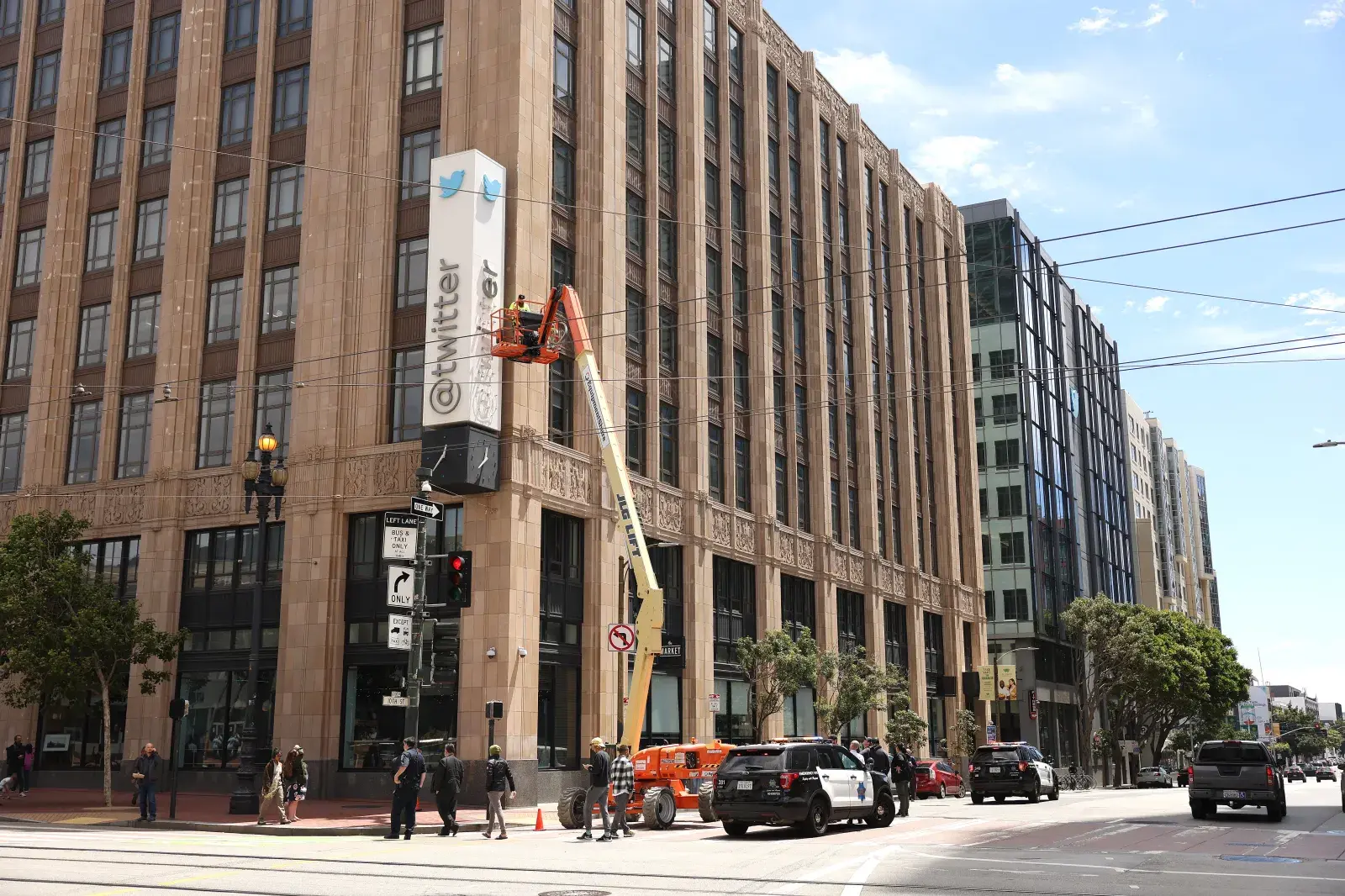By Jacob Silverman
Copyright newsweek

In 2022, Elon Musk acquired Twitter, now known as X, stating it was to promote a “digital town square, where a wide range of beliefs can be debated in a healthy manner.” Upon his purchase, Musk loosened content moderation policies and reinstated many previously banned accounts, including that of President Donald Trump. In this excerpt from his new book, Gilded Rage: Elon Musk and the Radicalization of Silicon Valley, best-selling author Jacob Silverman dives into Musk’s purchase of the social media platform for $44 billion and the changes that he made. Silverman reveals how the entrepreneur showed signs of right-leaning thinking even before he became Trump’s right-hand man and the face of DOGE. He fits Musk’s role into a greater narrative of Silicon Valley, showing the web of tech moguls that are turning this capital of innovation into a political machine. This exclusive excerpt from Silverman’s book investigates the extent of Musk’s changes to X and how they fit into his bigger plans for political radicalization in Silicon Valley.
San Francisco police arrive on scene as a worker removes letters from the Twitter sign that is posted on the exterior of Twitter headquarters on July 24, 2023 in San Francisco, California. Workers began removing the letters from the sign outside Twitter headquarters less than 24 hours after CEO Elon Musk officially rebranded Twitter as “X” and has changed its iconic bird logo, the biggest change he has made since taking over the social media platform. San Francisco police halted the sign removal shortly after it began.
Elon Musk’s decision to buy Twitter seemed impulsive and almost trollish, a rich guy buying another toy for his collection just to show he could. But he was acting in a familiar tradition—a multibillionaire making an aggressive play for an influential but slightly tarnished media asset that he happened to be personally obsessed with.
Like Robert Maxwell’s pursuit of the New York Daily News or Rupert Murdoch overpaying to pry The Wall Street Journal from the Bancroft family, Musk had to have it. In the process, he mobilized a potent tranche of public opinion, drawing on the culture-warring right. This particular media platform had already been an effective force in burnishing the very cult of personality that had boosted the stock price of Musk’s prized company. It was also where he had clashed with regulators for writing posts that may have had similar market-manipulating effects. Taking over the entire platform was for him a no-brainer, at almost any price. If he decided to make it a more overtly political platform—dedicated to his interests—the payoff could be tremendous.
Firing more than half of Twitter employees, Musk transformed how the platform operated. He chiseled away at content moderation, disbanding teams working on trust and safety and then claimed he was doing more to protect children from sex trafficking and abusive material than the last managerial team. (Protecting children from allegedly rampant predation was an obsession of the conspiratorial online right.) He restored many once-banned accounts, including those belonging to Nazis like “Groyper” leader Nick Fuentes, whose followers littered their feeds with content denigrating Jews and women and glorifying Adolf Hitler.
Acting on his billionaire populist, establishment-hating persona, Musk removed blue checks from verified accounts, since they were supposedly an elitist status marker and not a way to make sure that prominent people weren’t being impersonated. In a misguided act of redistribution, he then made blue checks available to anyone who paid a new monthly subscription fee. Like YouTube, Twitch and other social video sites, Twitter introduced profit-sharing for subscribers whose posts attracted a lot of views. The result was that a symbol that had been associated with verified identities and more reliable sources of information was now widely used by parody accounts, Nazis, trolls and influencers, all of whom were motivated more by generating as many monetizable views as possible than by telling the truth or linking to reliable sources.
To encourage people to sign up for subscriptions, Musk made it so that blue-check replies showed up first under all posts. He was amplifying the speech of his paid-up fans while deprecating everyone else’s. It also assured that the most visible replies under any popular post—especially Musk’s—would be largely from people who shared Musk’s increasingly reactionary worldview. More than any other change, this one act cemented Twitter’s new identity as a right-wing media platform that acted as an extension of Musk’s own political beliefs, paranoid suspicions, midnight musings and personal interests.
Musk was “obsessed with the amount of engagement his posts [were] receiving,” according to the tech publication Platformer. He fired a company engineer who told h…



